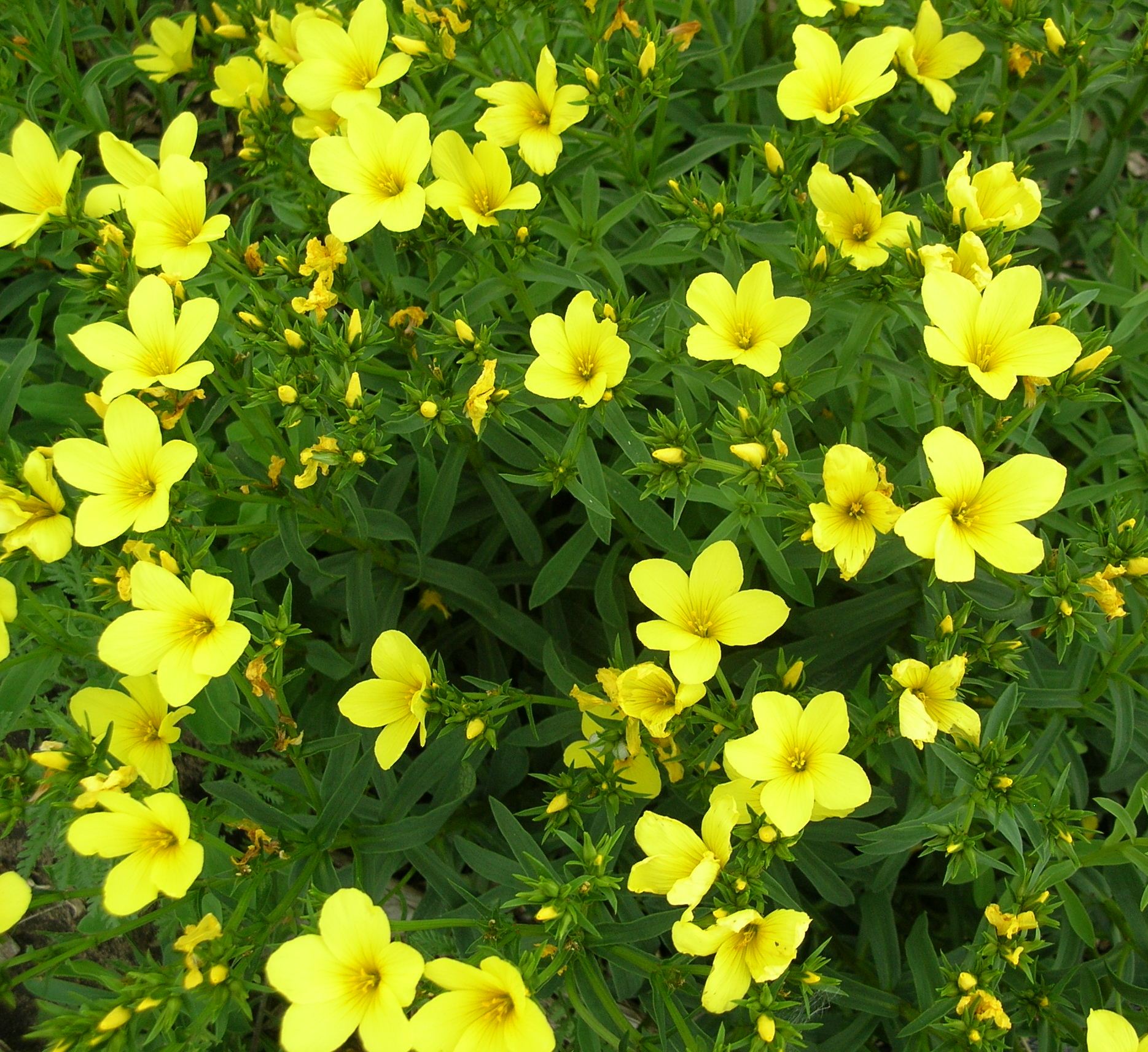Description
ARCHIVED
Note: This is a plant not currently for sale. This is an archive page preserved for informational use.
Flowers like canary yellow cups, June-July.
Flowers like canary yellow cups, June-July.
ARCHIVED
Note: This is a plant not currently for sale. This is an archive page preserved for informational use.
Flowers like canary yellow cups, June-July.
ARCHIVED
Note: This is a plant not currently for sale. This is an archive page preserved for informational use.
Covered with petite double white daisies with golden stamens blooming for months –late summer-fall.
Size: 2-3’ x 1-2’
Care: sun to part shade in well-drained to moist well-drained soil
Native: Japan
Awards: Georgia Gold Medal 1998
Taxonomists had trouble naming this one. First described in French Journal Nouv. Arch. Mus. Hist. Nat. in 1882. A favorite flower of the late garden writer Elizabeth Lawrence who traced it to the grounds of the old Oxford Orphanage in Oxford NC. (1942)
ARCHIVED
Note: This is a plant not currently for sale. This is an archive page preserved for informational use.
Cobalt blue flower clusters with contrasting, showy red stems and calyces in late summer and fall. Foliage turns crimson in fall – excellent groundcover. One of the most award winning plants.
Size: 9-12” x 18”
Care: Sun to part shade in moist well-drained soil
Native: China
Awards: Five (5) of them! Georgia Gold Medal 2006, Elisabeth Carey Miller Botanical Garden Great Plant Picks, Missouri Botanical Garden Plant of Merit, Royal Horticultural Society Award of Garden Merit, Oklahoma Proven
Plumbago is Latin meaning “lead” derived from use of the plant to treat lead poisoning. First collected by Russian botanist Alexander von Bunge in 1830 in Mongolia, then introduced by Robert Fortune who found it growing in Shanghi in 1846. “Bear a profusion of brilliant cobalt blue flowers (when) the leaves take on a distinct reddish tinge.” H.H. Thomas 1915.
ARCHIVED
Note: This is a plant not currently for sale. This is an archive page preserved for informational use.
Large, nodding flower heads with recurved petals white, glowing pinkish in August, fragrant.
Size: 3-4’ x 12”
Care: Sun to part shade in moist, acidic soil
Lilium was named for the Greek word for smooth, polished referring to its leaves. This species introduced to Europe by Carl Peter von Thunberg around 1777. Von Thunberg (1743-1828), student of Linnaeus at Uppsala University in Sweden. He made three trips to the Cape of Good Hope 1772-1775 where he collected about 1000 new species, Java and Ceylon (Sri Lanka) 1777 and 15 months in Japan (1775-1777) where he befriended local doctors who gave him hundreds of plants new to Western horticulture. He succeeded Linnaeus as professor of medicine and botany at Uppsala. Knighted by Swedish King Gustav. Grown at America’s 1st botanic garden, Elgin Botanic Garden 1811. L.H. Bailey (1935) highly recommended this lily as “(o)ne of the most beautiful and satisfactory of all lilies, robust, permanent (and) easily grown…”
ARCHIVED
Note: This is a plant not currently for sale. This is an archive page preserved for informational use.
Giant profusion of white flowers from late May to June
Size: 7-8’ x 5’
Care: full sun in well-drained soil
Native: Caucasus
First collected before 1863. ”This is a stately and noble plant, with large heart shaped leaves. The loose flower-heads, which are often 6 feet in height, and nearly as much through, are composed of myriads of small white flowers, which at a distance may be likened to a giant specimen of Gypsophila; it blooms during June and July.” H.H. Thomas 1915.

